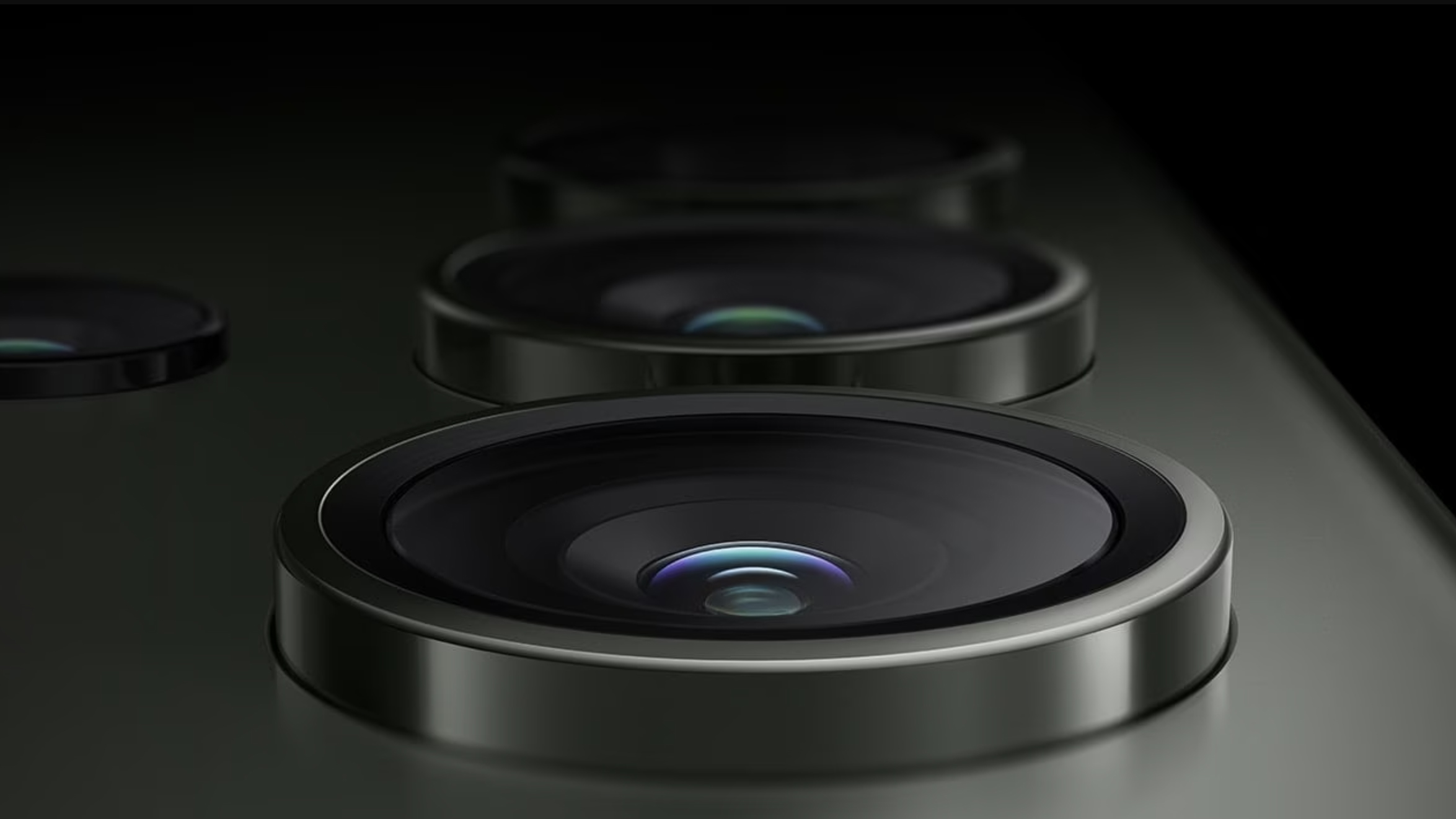When is a Fujifilm camera not a Fujifilm camera? When it's a Nikon…
When Fujifilm developed a sensor but didn't have a body to put it in, it borrowed one from Nikon. The result was a Frankenstein camera that needed SEVEN batteries…

The Fujifilm FinePix S1 Pro was an early digital camera, launched back in 2000 when digital photography was very much in its infancy. As the name suggests, Fujifilm started out primarily as a manufacturer of film, but in the late Nineties it could see that cameras were going down the digital route and – undoubtedly fearing that film would very soon be on borrowed time – began developing camera sensors.
And it came up with a terrific one (for the time), based on CCD technology, which arguably captured the colors and tones that Fujifilm film was famous for. The problem was, it didn't have a camera body to put it in. So it repurposed the Nikon N60 (known as the F60 outside North America) film camera.
The resulting camera was something of a Frankensteinesque hybrid of a Nikon film body with Fujifilm's digital guts shoehorned in, and required no fewer than seven batteries.
Hunter Creates Things hosts this YouTube video that takes an in-depth look at the FinePix S1 Pro. It's a fun watch, not least because Hunter spends the entire video talking into a wooden spoon…
ABOVE: Watch the video on this Fujifilm-Nikon Frankenstein
It required a pair of Lithium CR123A batteries to power the camera parts, four AAs to keep the electronics ticking over, plus a button battery to keep the clock and settings backed up. It would take around 15 seconds to save an image, and a further 30 seconds if you wanted to actually view it afterwards.
And because it was a crop sensor stuck into a 35mm film camera body, the viewfinder was basically masked off with a crude black surround to fit the smaller projected image.
The best camera deals, reviews, product advice, and unmissable photography news, direct to your inbox!
But, as Hunter argues, it's not without its charm: "The actual shooting experience is very much the same as a Nikon film camera from the same era, as you would expect. It's got a really great light meter, the viewfinder is nice and clear, the ergonomics are great, and it's got pretty decent single-point autofocus – as long as your subject's not moving."
In the years since Fujifilm has, of course, very successfully manufactured its own camera bodies. And while the S1 Pro is a fun novelty item if you can find one secondhand, you're undoubtedly better off with a more up-to-date Fujifilm camera.
You might be interested in some of the best actual film cameras, or perhaps the best retro cameras that look like film bodies but shoot like digital ones!

Prior to joining digitalcameraworld.com as Guides Editor, Adam was the editor of N-Photo: The Nikon Magazine for seven years, and as such is one of Digital Camera World's leading experts when it comes to all things Nikon-related.
Whether it’s reviews and hands-on tests of the latest Nikon cameras and lenses, sharing his skills using filters, tripods, lighting, L brackets and other photography equipment, or trading tips and techniques on shooting landscapes, wildlife and almost any genre of photography, Adam is always on hand to provide his insights.
Prior to his tenure on N-Photo, Adam was also a veteran of publications such as PhotoPlus: The Canon Magazine, so his wealth of photographic knowledge isn’t solely limited to the Big N.

